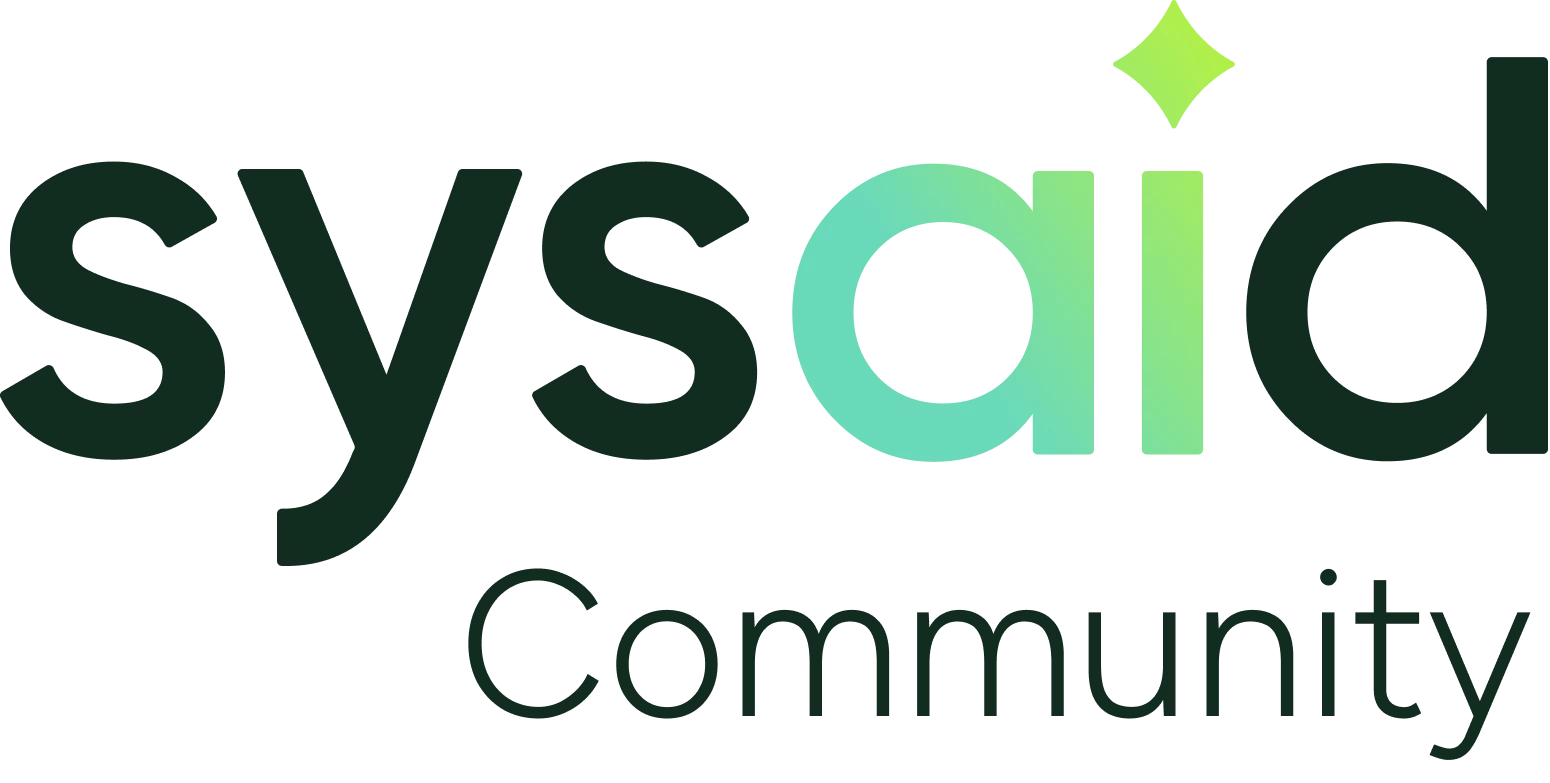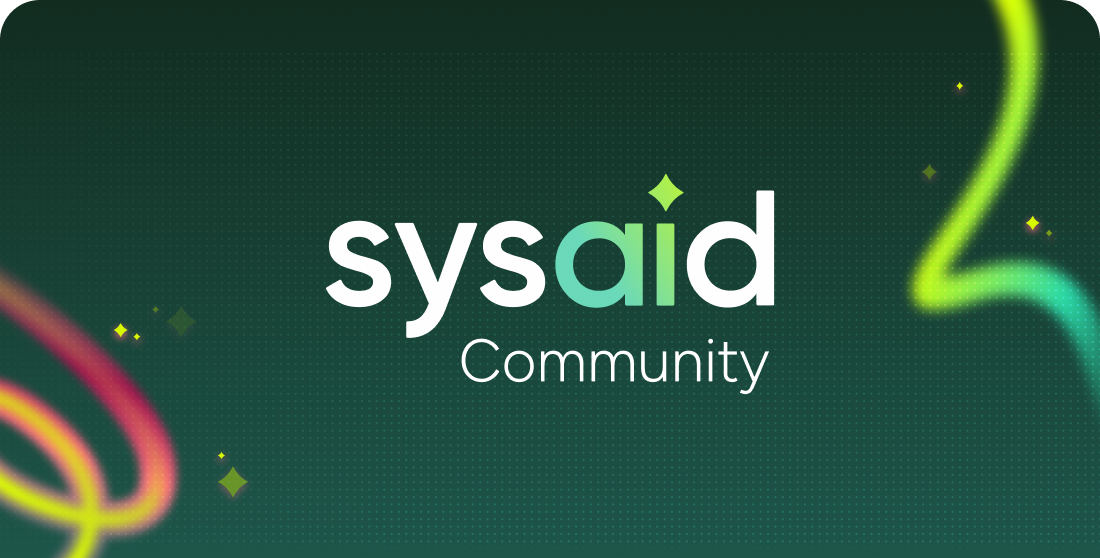I would like to make better use of the SysAid tool we currently have implemented. I’ve been with the company for a short time, and I’ve identified that the tool is not properly configured. The most relevant observations so far are the following:
-
There are several entities sharing the same service catalog.
-
All users access the same self-service portal to create tickets, regardless of the entity they belong to.
There are multiple opportunities for improvement, but we haven’t made much progress due to a lack of technical knowledge on proper configuration. The available documentation online is quite limited, so I will try to make as much progress as possible using the current manuals.
In the short term, these are the most urgent points I would like to work on:
-
Create separate companies and entities.
(Objective: allow the creation of independent service catalogs and establish specific rules per entity or company.) -
Create customized service catalogs for each entity.
-
Configure separate self-service portal entries for each entity.



